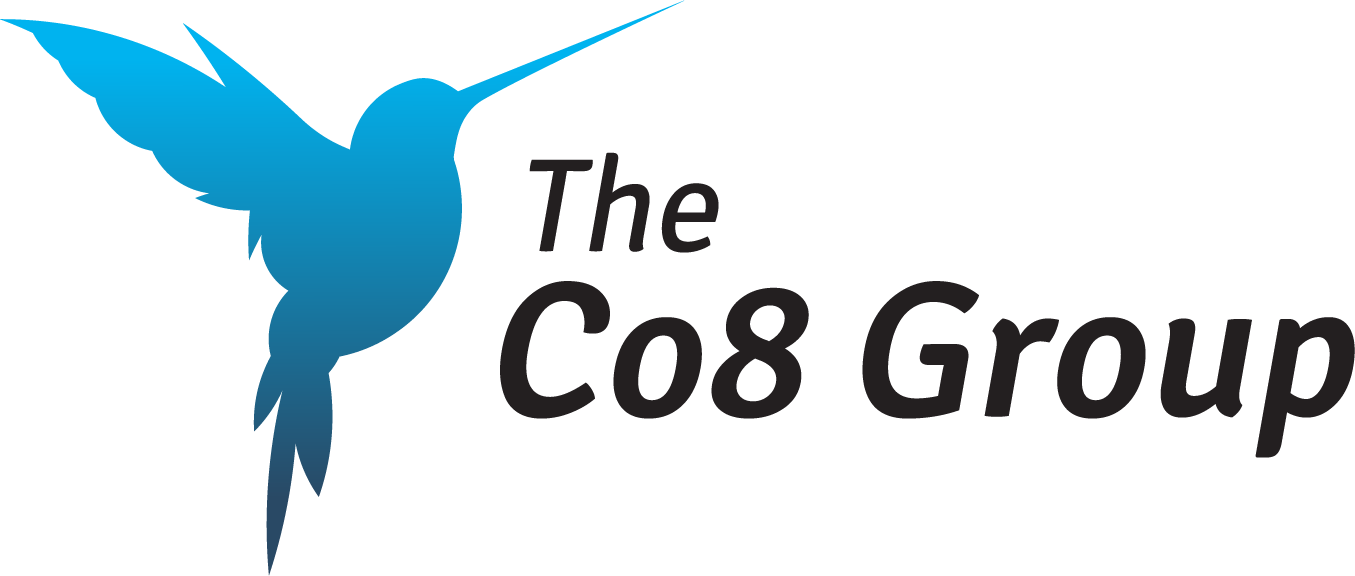Transformation & Growth with OKRs
How do committed, thoughtful leaders drive radical transformation and growth while staying true to core values? When Morton Wealth’s leadership team became decisive about growth after 40 years in business, Stacey McKinnon sought a framework to ensure the process wouldn’t leave her company disconnected from values and key priorities as growth accelerated and new organizational layers formed.
Stacey is a partner at Morton Wealth, in Calabasas, CA with over $2B in Assets Under Management and over 50 employees dedicated to partnering with clients to help them get the most life out of their wealth. She is the COO and CMO and has responsibility for career development, keeping team members on personal growth trajectories of their own while growing the company as a whole. She co-leads the Chief People Officer function and is passionate about enabling individuals to feel fulfilled and happy at work, which she believes makes their lives better.
Her belief is that our world improves with happier people that tend to be more motivated towards positive contributions to society and there’s a collective responsibility of companies to support this. Her TEDX talk on the societal duty of organizations delves into this thinking, and sheds light on her transformational leadership style.
Stacey was tasked with creating structure, new departments and growth. She said, “When we got to 50 people we thought ‘wow we just added 5 layers and it feels like we’re always playing catch up’. We needed more meetings to stay on top of things.” She initially relied on the EOS traction model but wanted a framework that focuses on outcomes and paths to achieve results rather than simply identify problems. She knew OKRs (Objectives & Key Results) could offer visibility and structure to support changes that became necessary when her team decided to evolve from a small shop to a sophisticated forward-thinking institution.
Rapid growth and employee happiness were top priorities. The executive team partnered with the Co8 Group to help them quickly embrace a new digital operating rhythm with OKRs to make their workflow faster, more efficient and productive. Strong OKR consulting support and WorkBoard coaching empowered them to use OKRs for individuals, teams and departments to advance the executive team’s big-picture goals. The entire organization adopted WorkBoard starting with the Chief Executives. “We had 18 people at the outset and quickly grew to 58. Before OKRs and Co8’s strategic guidance, our growth outpaced our ability to track progress on goals. We needed a single source of truth, and the integration of OKRs into our corporate DNA has been super transformational” Stacey said, “I have significantly more visibility and control over my company now.”
Reflecting on the OKR adoption journey to align corporate culture and operational habits, her biggest affirmation is, “it only works if you do the work.” Essentially, leadership has to show up and do the work of leading. WorkBoard is highly customizable so she quickly set up processes to start each day with power, alignment and intention which was game-changing.
One of the most significant challenges at the outset was letting go of old habits and intentionally embracing change. Old habits stand in the way of new habits. Stacey noted, “If you are starting your first job ever on day one and open to good habits - you’ll be exponentially more successful than discarding long-established bad habits in favor of better ones. That’s the work required for big-time success and growth. A great OKR platform coupled with really smart strategy consulting keeps you on-track.”
OKRs empowered Morton Wealth to apply structure to operations and set goals that aren’t imposing or cumbersome, but actually free-up time. Now, little time is spent identifying issues. Instead, issues are rapidly delegated to leaders in specific departments which allows executives to focus on strategic objectives instead of trouble-shooting and inadvertently taking accountability from teams. Stacey added “with OKRs, everyone sees a clear path to success.”
As a result of OKR adoption and honed strategy execution, team leaders seize more ownership over departmental goals. They become leaders rather than doers, and that’s empowering. Employees can tap into their creative innovative capabilities and feel more self-actualized than dictated to. Stacey shared, “Before, nearly all meetings ran overtime. Now I schedule meetings and often need 3/4 of the time. Hours are saved every day which makes me and my entire team immensely more productive.”
Morton Wealth

